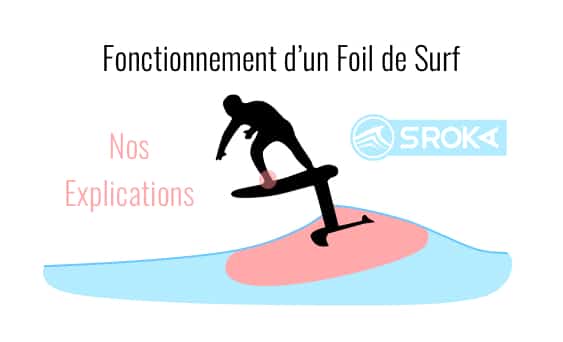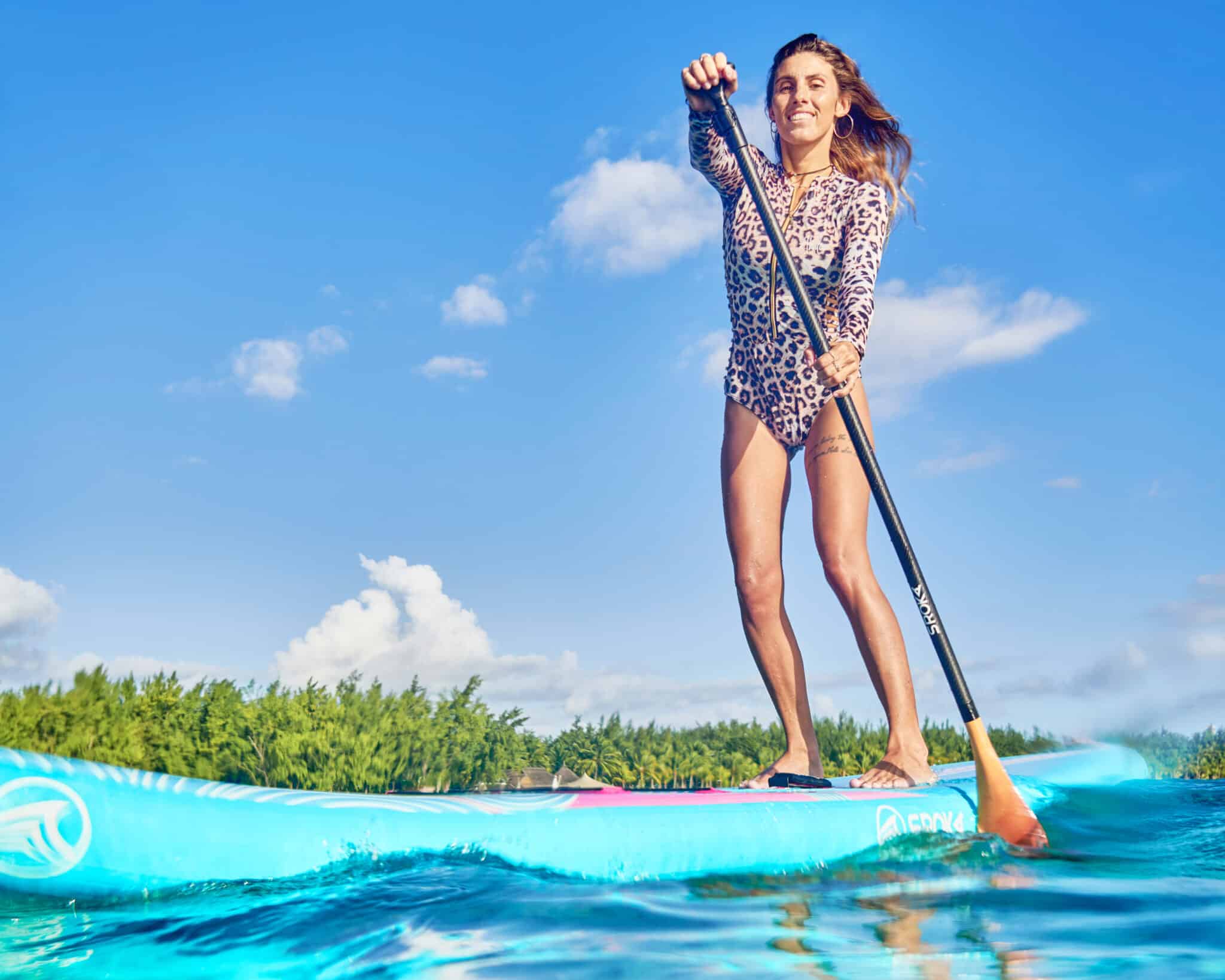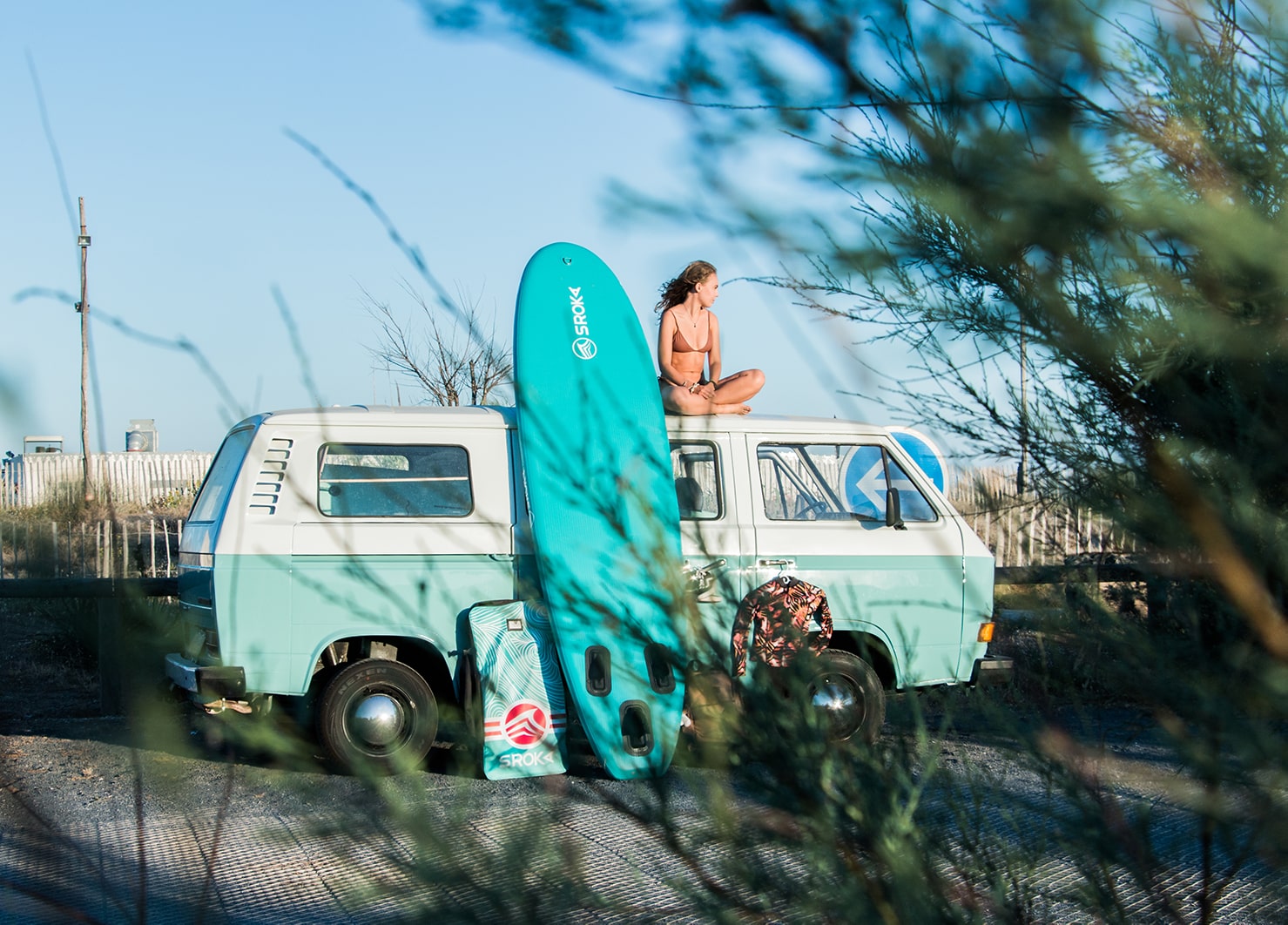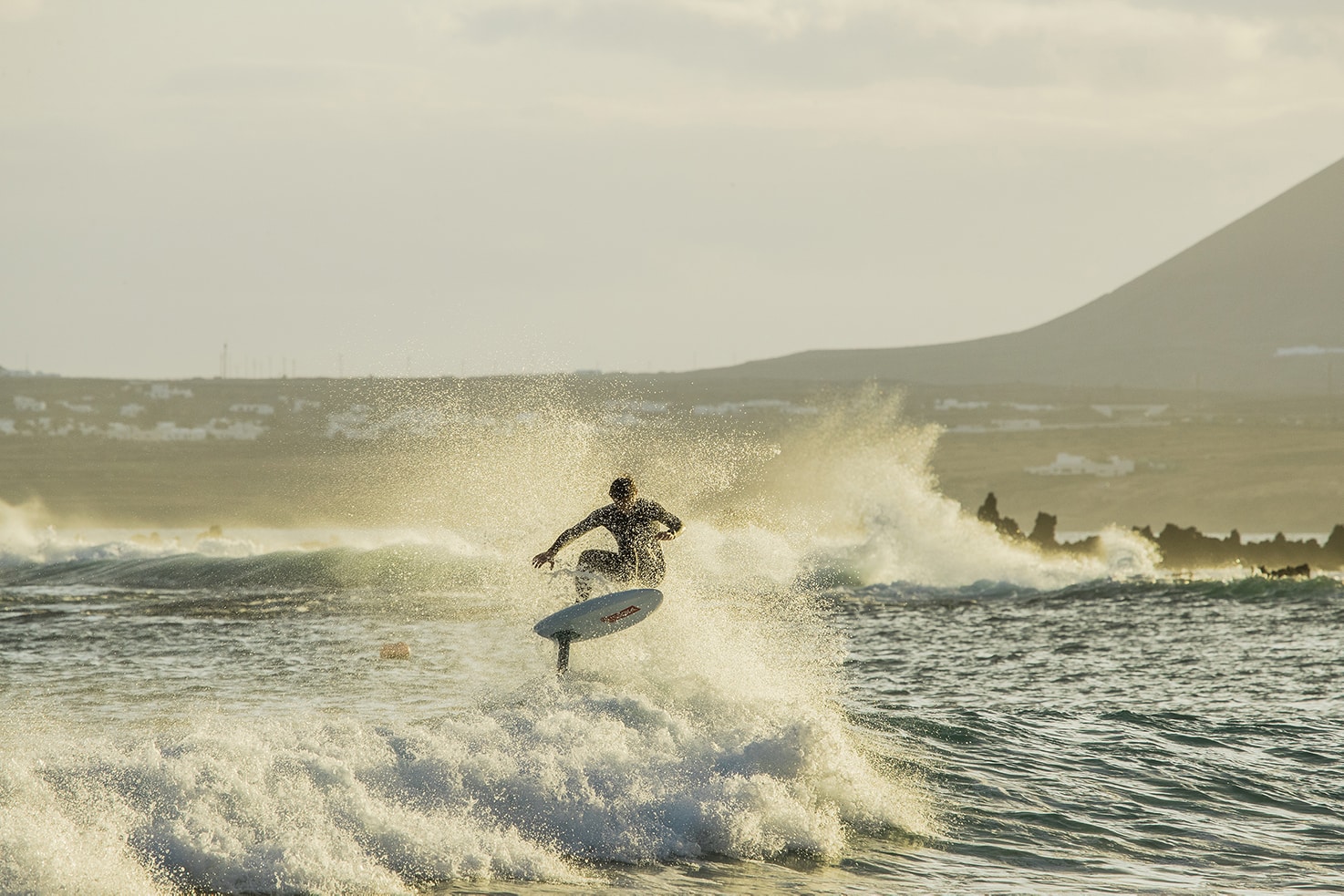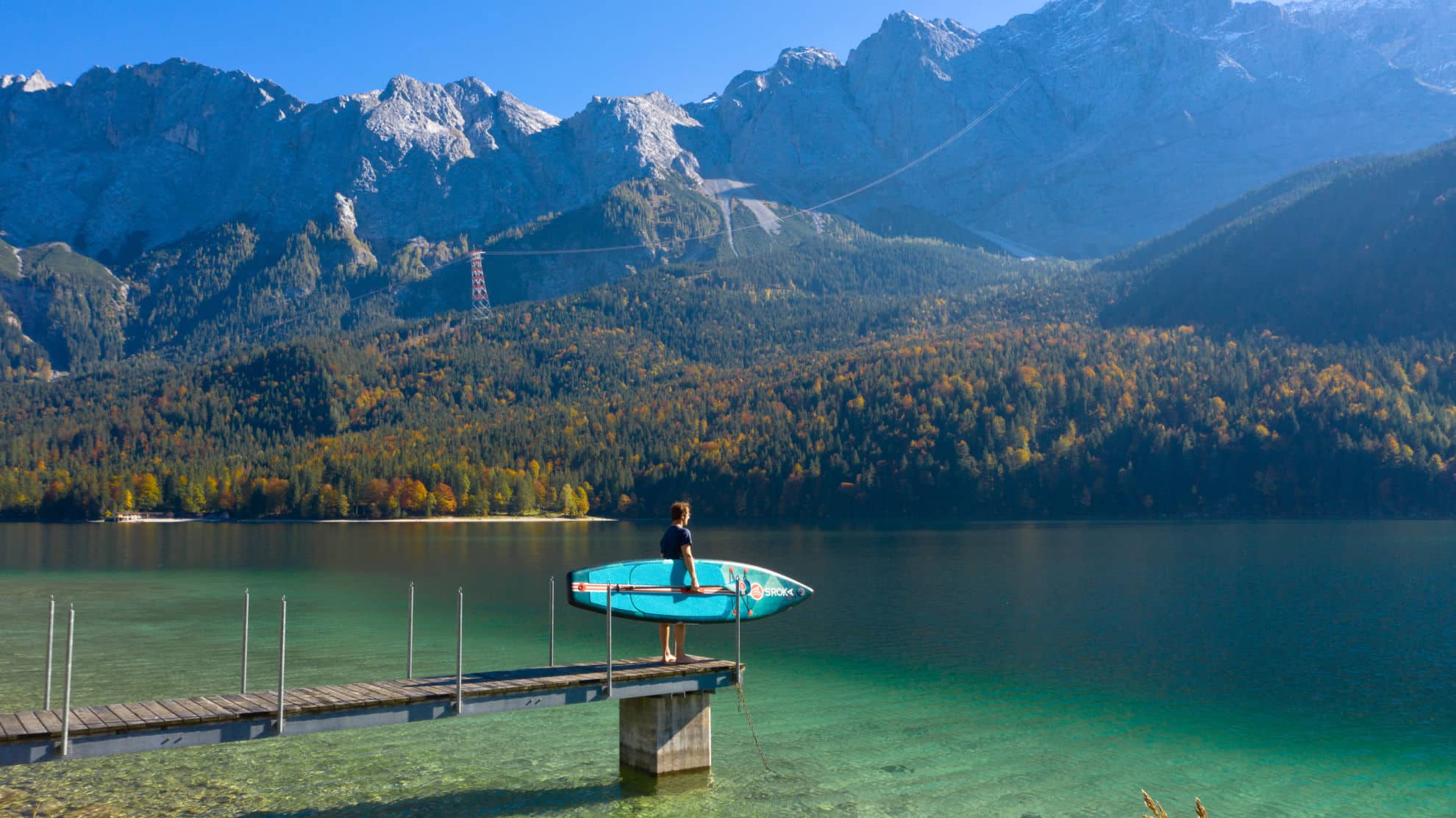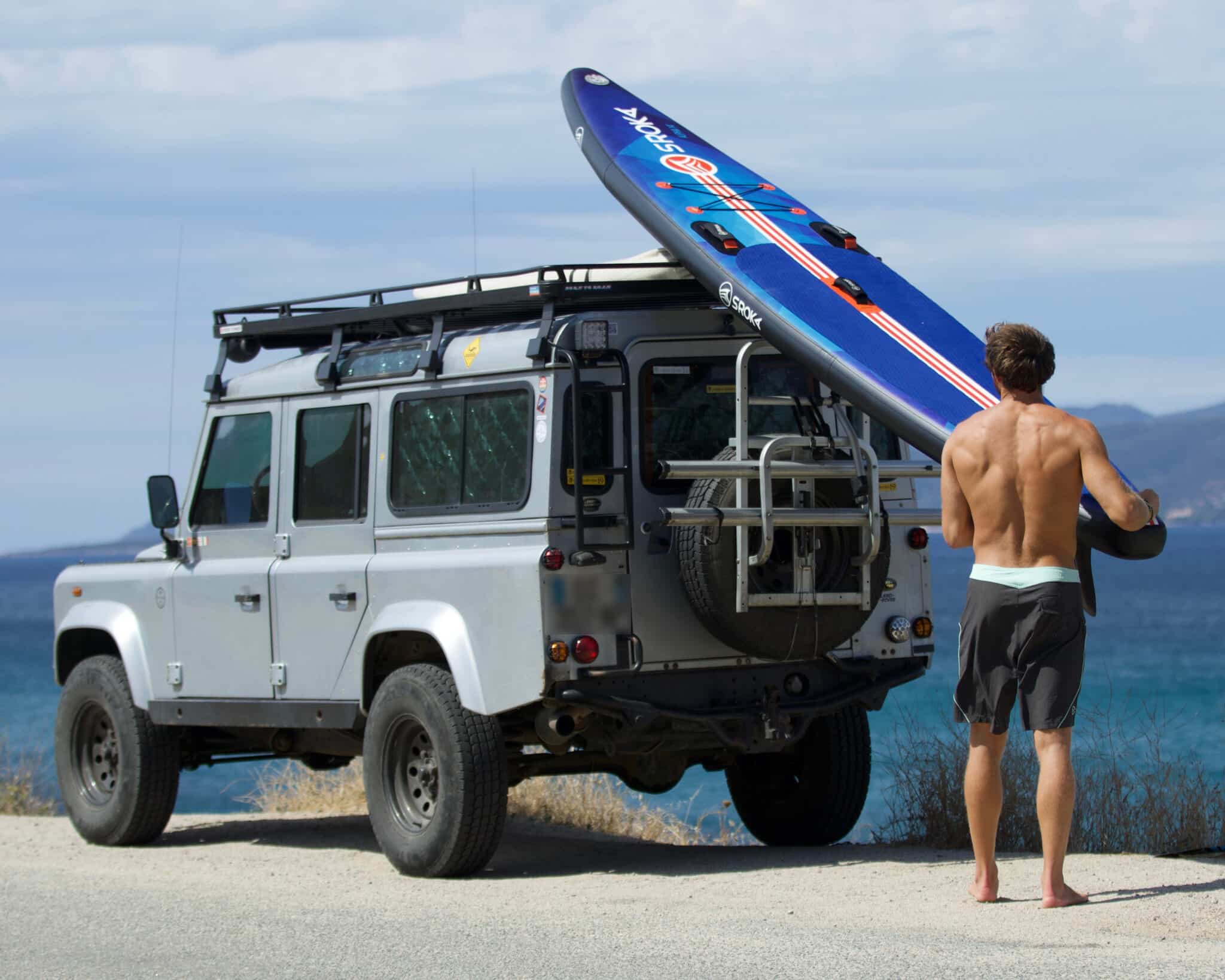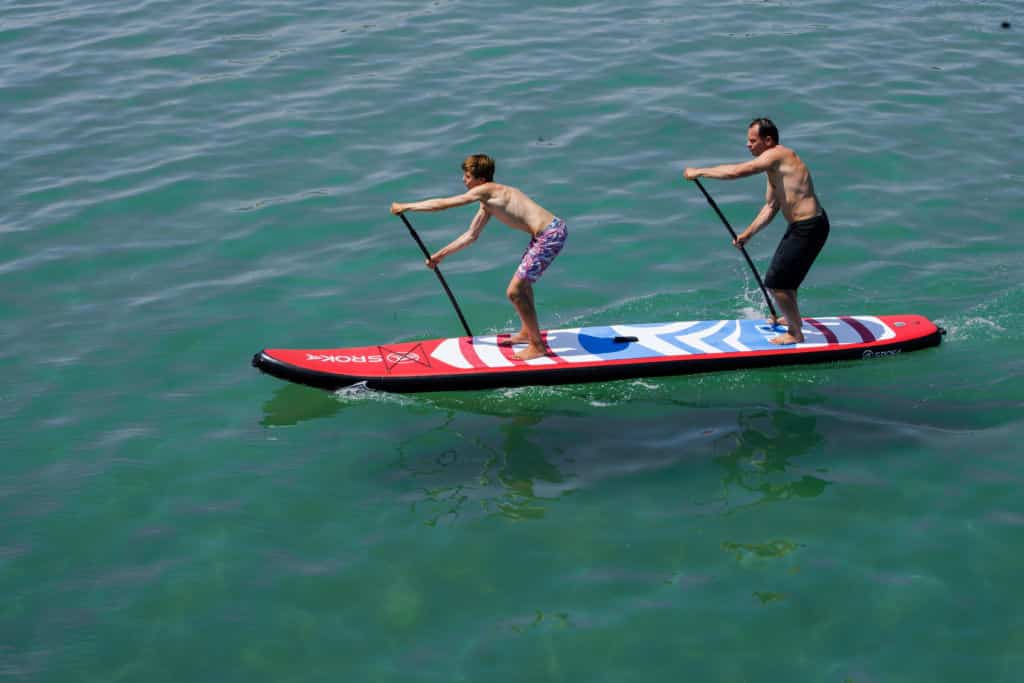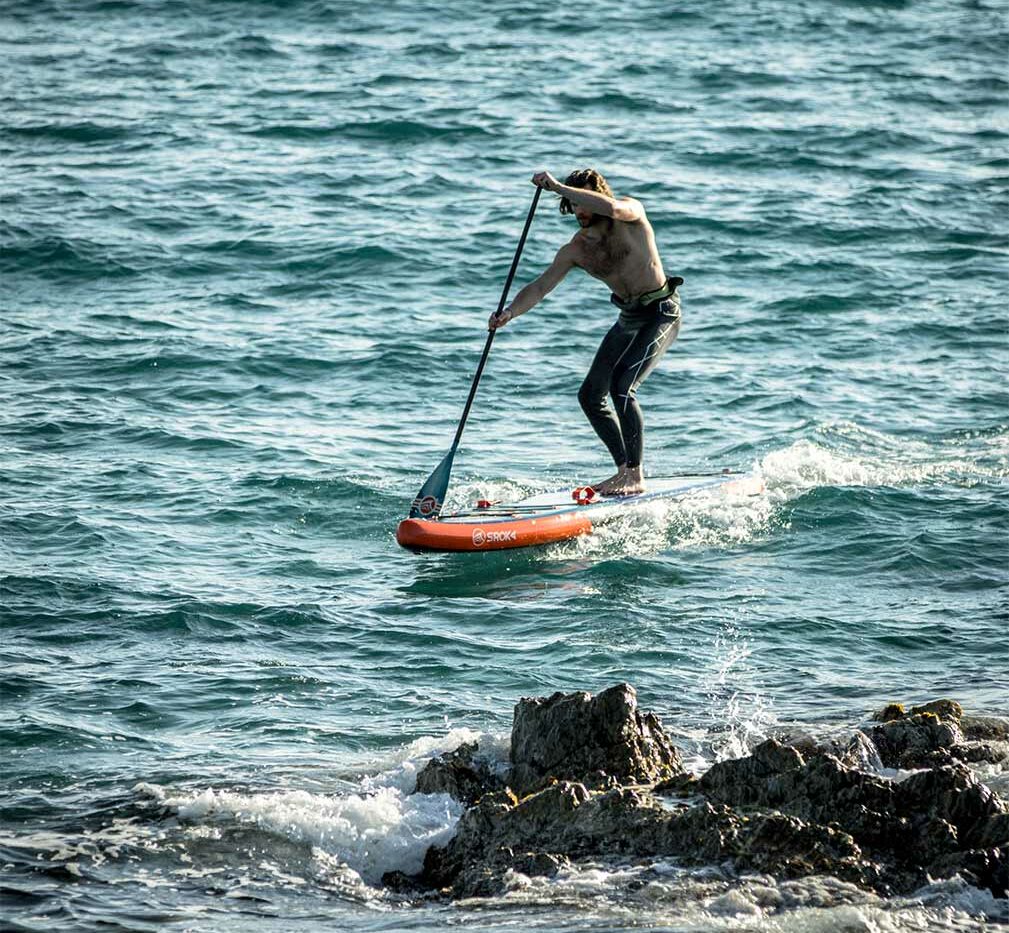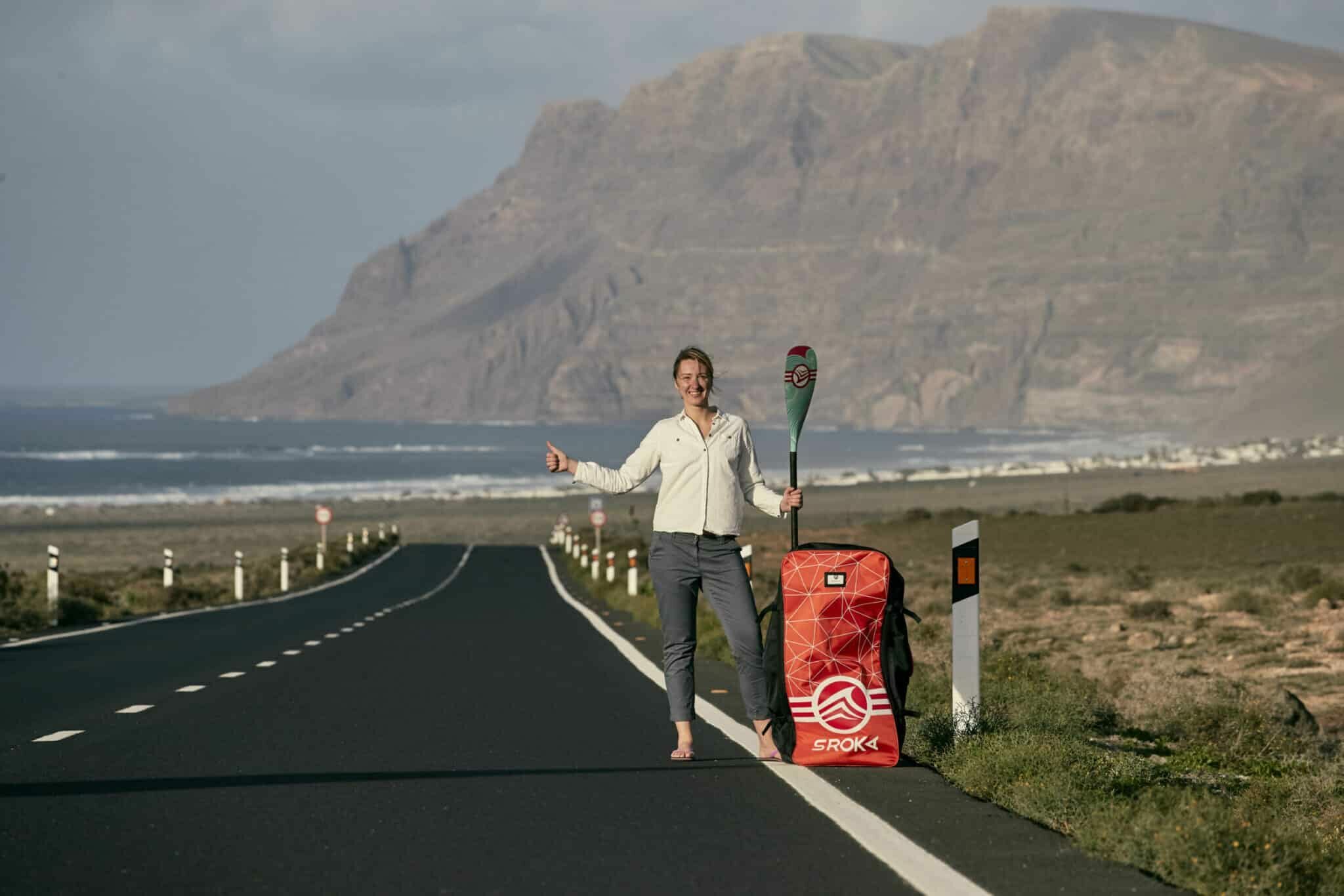 LE MAGAZINE
LE MAGAZINEHow do I get back on a paddle after a fall?

So that you can enjoy your paddling experience in complete safety and confidence, we’re going to reveal the various techniques and tips for getting back on your paddle after a fall, avoiding falls and improving your stability on the board.
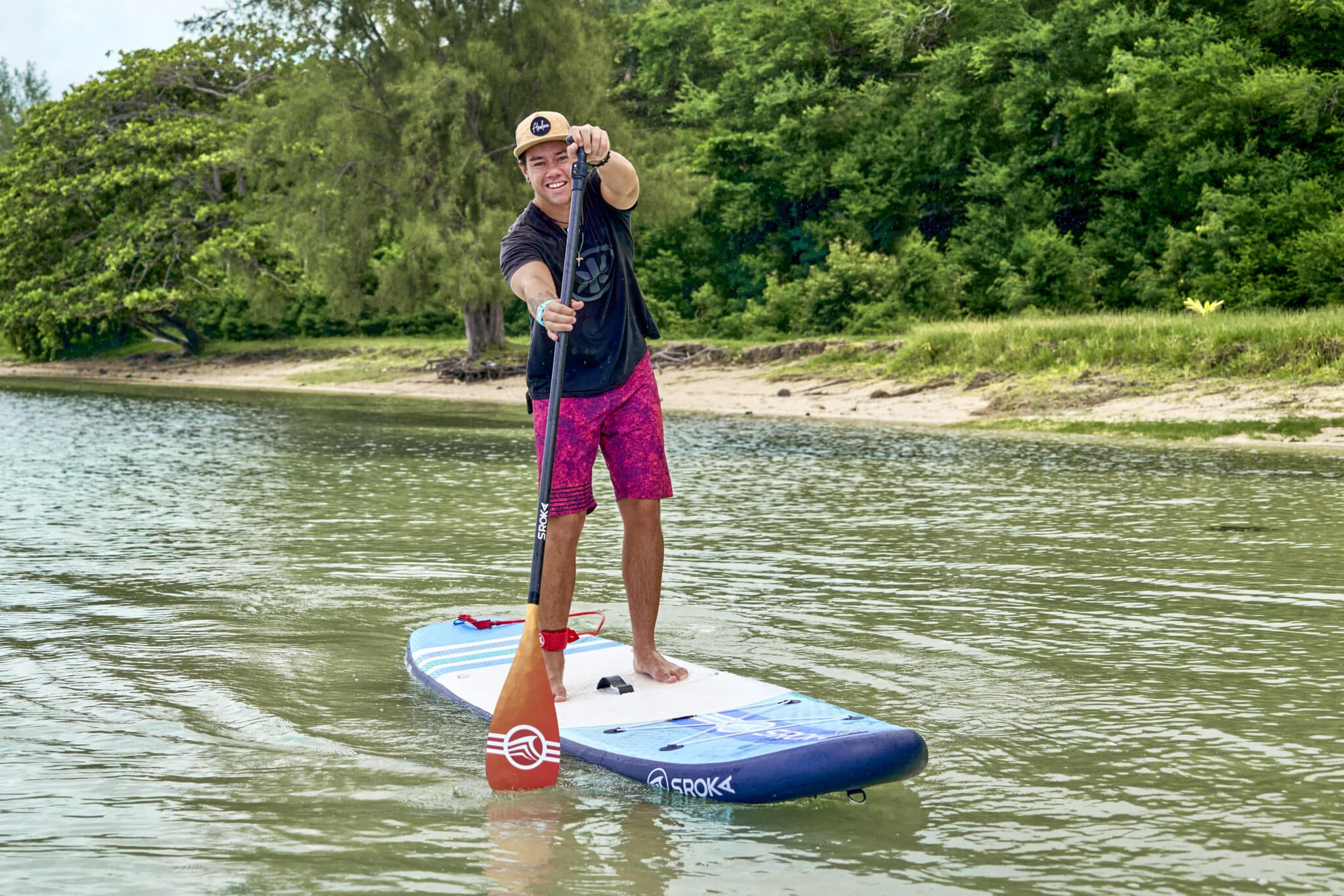
I. Know what equipment you need
First of all, before talking about how to get back on a paddle, it’s important to know what equipment you need to paddle safely. The basic equipment for this water sport is a board, a paddle and a leash.
The paddle board must be adapted to your level, weight and riding style. There are several types of paddle boards, including inflatable and rigid boards. Inflatable boards are practical because they’re lightweight and easy to carry and store, while a rigid board will give you an incomparable gliding sensation and enhanced performance.
The paddle must also be adapted to your paddling style. It needs to be the right size, with an ergonomic handle and a suitable blade. Carbon paddles are lighter but more expensive, while aluminum paddles are heavier, more affordable and more shock-resistant.
It’s important to choose the right equipment for safe paddling. High-quality equipment adapted to your level and sport will enable you to practice in good conditions. It’s therefore advisable to seek professional advice and not hesitate to invest in quality equipment. What’s more, quality equipment lasts longer over time.
Inflatable boards should be deflated and stored in their carry bag. If they are not to be used for a long period, as in winter, they should be dried before being stored.
II. The different techniques for paddle boarding
Falling off your paddleboard is a common occurrence, especially for beginners. That’s why it’s important to know how to get back on your board safely.
There are several reasons why beginners often fall off their paddles. One is that the water can be rough, with waves that can throw the paddle off balance. In addition, choosing a paddle that is not suited to your level or that is inexpensive can also cause frequent falls, as low-cost paddles often have a reduced width to cut costs.
Here are the main techniques for getting back on a paddle after a fall:
- The plank technique: this involves positioning yourself next to the plank, perpendicular to it. Then place your hands on the board on the opposite side of the rail, and pull yourself up onto the board by pulling on your arms. This technique enables you to climb onto the board efficiently, while minimizing the risk of falling. Slide your legs onto the board, keeping your body resting on the water. Once your legs are on the board, simply kneel down, then climb back onto the board from a standing position.
- If you’re on your feet, an effective technique for getting on the board is to push hard on your legs while already having your arms on the board. Then, simply lean on your arms to position your knees on the board, before standing up. If the water is shallow, another option is to proceed in the same way, but place your feet directly on the board instead of your knees.
- In extreme cases, if you can’t get back on the board, it’s a good idea to ask a friend to help you get up and onto the board, or to hold the board while you get back on. It’s important to stay close to the beach, where you have a foothold, to make sure you can get back in if you can’t get back on the board.
It’s important to choose the technique that best suits your level. If in doubt, don’t hesitate to ask a professional or an experienced friend for help.
See also our complete step-by-step guide to paddle turning
III. Tips to prevent falls
Falling off your paddle may be seen as a fun experience, but it can also be very dangerous and lead to injury. Indeed, when there’s not much depth, it’s possible to twist an ankle or hit a rock. Here are our tips for avoiding falls on your paddle:
- Posture on the paddle: to avoid falls, it’s important to be well positioned on the board. The ideal position is with feet parallel, shoulder-width apart and perpendicular to the board, knees slightly bent and back straight.
- The importance of correct body positioning: one of the keys to maintaining balance on your paddle is correct body positioning. It’s advisable to keep your body weight above your supports, close to the center of the board, and avoid leaning excessively to one side or the other. This will give you better control of the paddle and help prevent falls.
- To make the most of your paddling experience, we recommend choosing a body of water that’s as flat as possible, and preferably without wind, to facilitate adaptation and progress. The rougher the water, the more difficult it will be to maintain an upright, balanced position. It’s also advisable to wear clothing suited to the weather conditions, so as to feel comfortable in the water. For those less at ease in the water, it may be useful to wear a buoyancy aid.
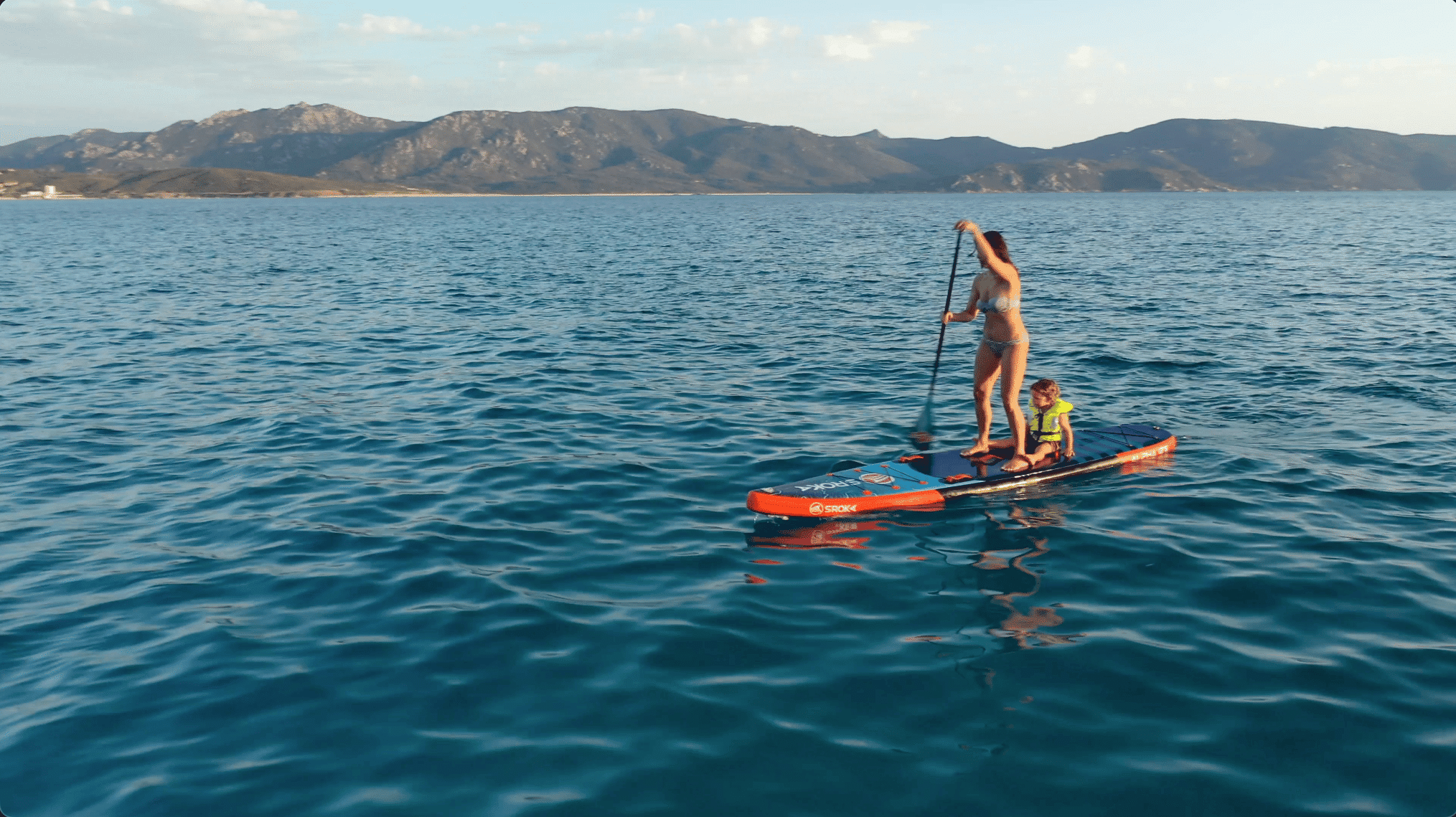
In a nutshell
By following our advice, you can reduce the risk of falling on your paddle and enjoy your paddling in complete safety.
Falling off your paddleboard can happen at any time. So it’s important to know how to get back on your board safely to avoid injury.
With a little practice and patience, you’ll quickly master the techniques for getting back on your board and enjoying this water sports activity to the full.
If you have any further questions, or if you have any other requests, please don’t hesitate to contact us!
 Le Magazine
Le Magazine



